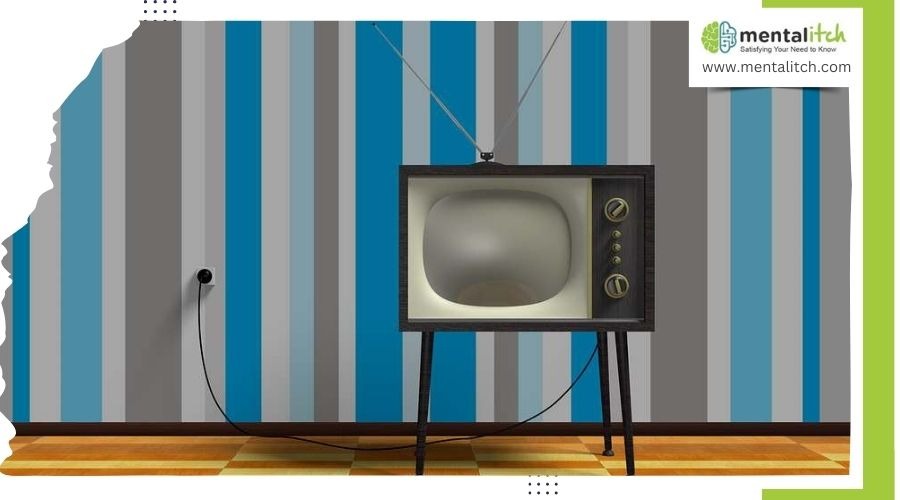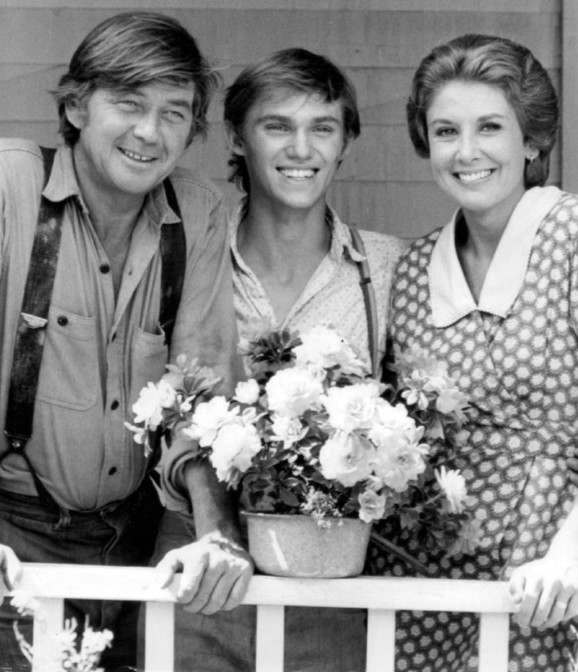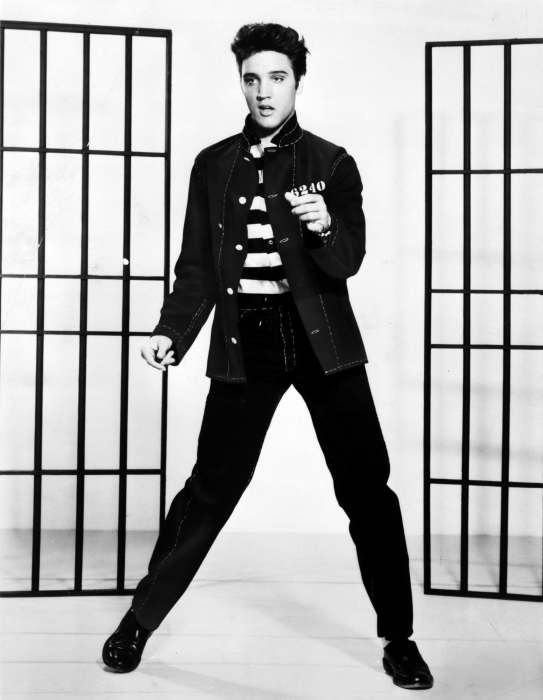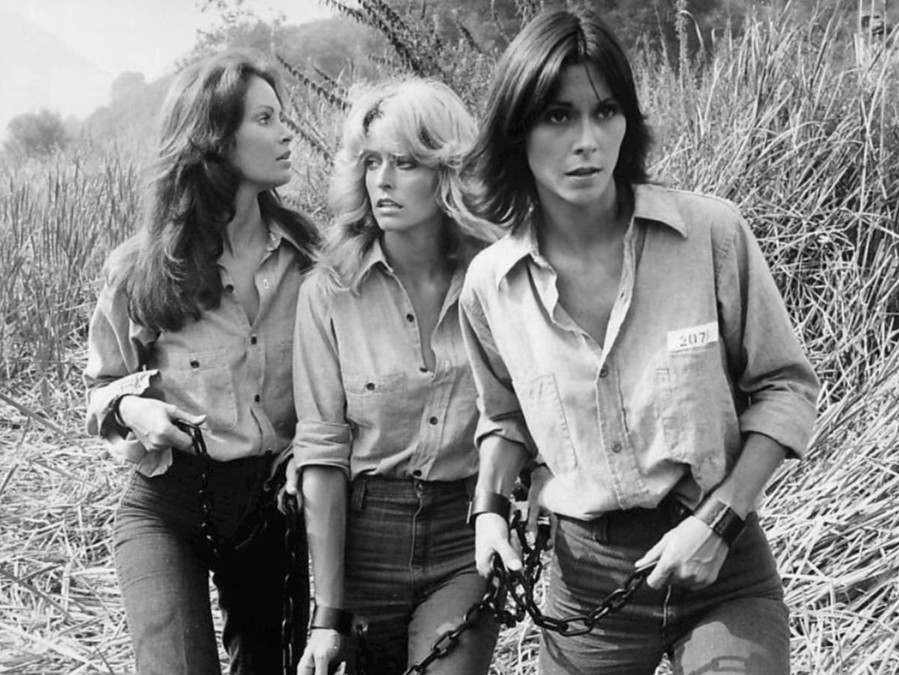There was a time when television wasn’t just a box in the corner of the room—it was a cultural phenomenon that shaped the way people lived, dressed, and thought. The 1970s was one of those times, a decade where TV became a powerful force in pop culture. It was a time of disco balls, bell-bottoms, and iconic TV shows that became ingrained in the fabric of society.
In the 70s, families gathered around the TV to watch shows like “The Brady Bunch” and “All in the Family,” where catchphrases like “Dy-no-mite!” and “Sit on it!” became part of everyday conversation. It was a decade of change and innovation in television, with shows pushing boundaries and reflecting the evolving social landscape.
How did TV Impact Pop Culture of the 70s?
TV and the overall media had a long lasting impact on the pop culture of the 70s. What exactly derived this? Let’s find out!
Situational Comedy
Situational comedies dominated 1970s television, offering viewers a mix of humor, wit, and social commentary. These shows typically revolved around a fixed set of characters placed in various comedic situations, often leading to humorous misunderstandings or conflicts.
One of the most iconic sitcoms of the 70s was “All in the Family,” which aired from 1971 to 1979. The show centered around the Bunker family, particularly the patriarch, Archie Bunker, played by Carroll O’Connor. Archie was a working-class, conservative man whose views often clashed with those of his liberal son-in-law, Mike Stivic, played by Rob Reiner. “All in the Family” was groundbreaking for its time, addressing taboo subjects such as racism, sexism, and homophobia with humor and sensitivity.
Another groundbreaking sitcom of the 70s was “The Mary Tyler Moore Show,” which aired from 1970 to 1977. The show starred Mary Tyler Moore as Mary Richards, a single woman in her thirties working as a news producer in Minneapolis. “The Mary Tyler Moore Show” was praised for its realistic portrayal of a single, independent woman navigating the professional world, breaking away from traditional gender roles on television.
Iconic Dramas
70s TV shows were known for their gripping storylines and memorable characters, often tackling social issues and historical events. One of the most beloved dramas of the decade was “MASH,” which aired from 1972 to 1983. Set during the Korean War, “MASH” followed the staff of the 4077th Mobile Army Surgical Hospital as they dealt with the realities of war. The show blended humor with poignant social commentary, addressing issues such as the futility of war, the importance of friendship, and the fragility of life.
Another iconic drama of the 70s was “The Waltons,” which aired from 1972 to 1981. Set in rural Virginia during the Great Depression and World War II, “The Waltons” depicted the lives of the Walton family as they struggled to make ends meet. The show highlighted the importance of family bonds and community values, resonating with audiences who longed for a simpler time.
Memorable Variety Shows and Game Shows
Variety shows and game shows were also popular in the 1970s, offering viewers a mix of music, comedy, and entertainment. Shows like “The Sonny and Cher Comedy Hour” and “The Carol Burnett Show” featured musical performances, comedy sketches, and celebrity guests, providing audiences with a fun and lighthearted escape from their daily lives.
Game shows like “The Price Is Right” and “Family Feud” became daytime staples, offering contestants the chance to win cash and prizes while entertaining viewers at home.
Music Shows in TV
The 1970s saw a rise in music variety shows, which became popular for showcasing musical performances from a wide range of artists. Shows like “Soul Train” and “American Bandstand” provided a platform for up-and-coming musicians to showcase their talents and connect with audiences. These shows not only entertained viewers but also helped shape musical trends by exposing audiences to different genres and styles of music.
Music performances on television in the 1970s had a profound influence on pop culture, shaping fashion, dance, and even language. Artists like Elvis Presley, The Beatles, and David Bowie became cultural icons, with their performances on shows like “The Ed Sullivan Show” and “Top of the Pops” influencing trends and inspiring generations of musicians.
The 1970s were filled with iconic moments in music television that have become legendary. One such moment was Elvis Presley’s “Aloha from Hawaii” concert, which was broadcast live via satellite and watched by over a billion people worldwide. Another iconic moment was The Beatles’ rooftop concert, where the band performed on the rooftop of the Apple Corps building in London, marking their final live performance as a group.
Advertising in TV
Advertising in the 1970s was marked by memorable campaigns that left a lasting impact on consumers. Brands like Coca-Cola with their “I’d Like to Buy the World a Coke” campaign and Alka-Seltzer with “Plop, Plop, Fizz, Fizz” created ads that not only promoted their products but also resonated with audiences on an emotional level. These campaigns became cultural touchstones, demonstrating the power of advertising to connect with consumers.
Commercials in the 1970s played a significant role in shaping consumer behavior. Advertisers used persuasive techniques to convince consumers to buy their products, often appealing to emotions and desires. Commercials also introduced new products and technologies, creating demand and influencing market trends. For example, the “Keep America Beautiful” campaign, which featured the iconic “Crying Indian” commercial, raised awareness about environmental issues and encouraged people to take action.
Celebrities were frequently used in advertising in the 1970s to endorse products and create brand awareness. Their popularity and influence helped brands reach a wider audience and establish credibility. Celebrities like Farrah Fawcett for Fabergé shampoo and Joe Namath for Noxzema became synonymous with certain products, making them more appealing to consumers. The use of celebrities in advertising demonstrated the power of influence and persuasion in shaping consumer behavior.
Fashion Shows
Television shows in the 1970s had a significant influence on fashion trends. Shows like “Charlie’s Angels” popularized the disco-inspired, glamorous look with its three female leads sporting stylish outfits and feathered hair. Similarly, “The Brady Bunch” showcased a more casual, everyday style that resonated with viewers. TV characters became fashion icons, inspiring viewers to emulate their looks and trends.
Hairstyles and clothing trends in the 1970s were diverse and reflective of the decade’s social changes. Women embraced the “Farrah Fawcett flip,” a layered, feathered hairstyle made famous by the actress. Men’s fashion saw the rise of the leisure suit, a casual yet stylish alternative to traditional suits. Bell-bottom pants, platform shoes, and psychedelic prints were also popular, reflecting the influence of the hippie and disco movements.
TV personalities of the 1970s became style icons, influencing fashion trends with their unique and often daring choices. Personalities like Cher, with her extravagant and flamboyant style, pushed boundaries and challenged traditional fashion norms. Similarly, the cast of “Saturday Night Fever,” led by John Travolta, popularized the disco look with their tight-fitting suits and flashy accessories. These personalities not only influenced fashion but also reflected the changing attitudes towards self-expression and individuality in the 1970s.
Final Words
In the world of 1970s television, fashion, music, and advertising intertwined to create a vibrant cultural tapestry. TV shows influenced how people dressed, while commercials and ad campaigns shaped consumer behavior. Music performances on variety shows became iconic moments in pop culture, and the use of celebrities in advertising became a powerful marketing tool. TV personalities became fashion icons, inspiring trends that defined the decade. The 1970s were a time of change and innovation, and television played a central role in shaping the cultural landscape. It was a decade that left a lasting impact on pop culture, one that continues to be felt today.



